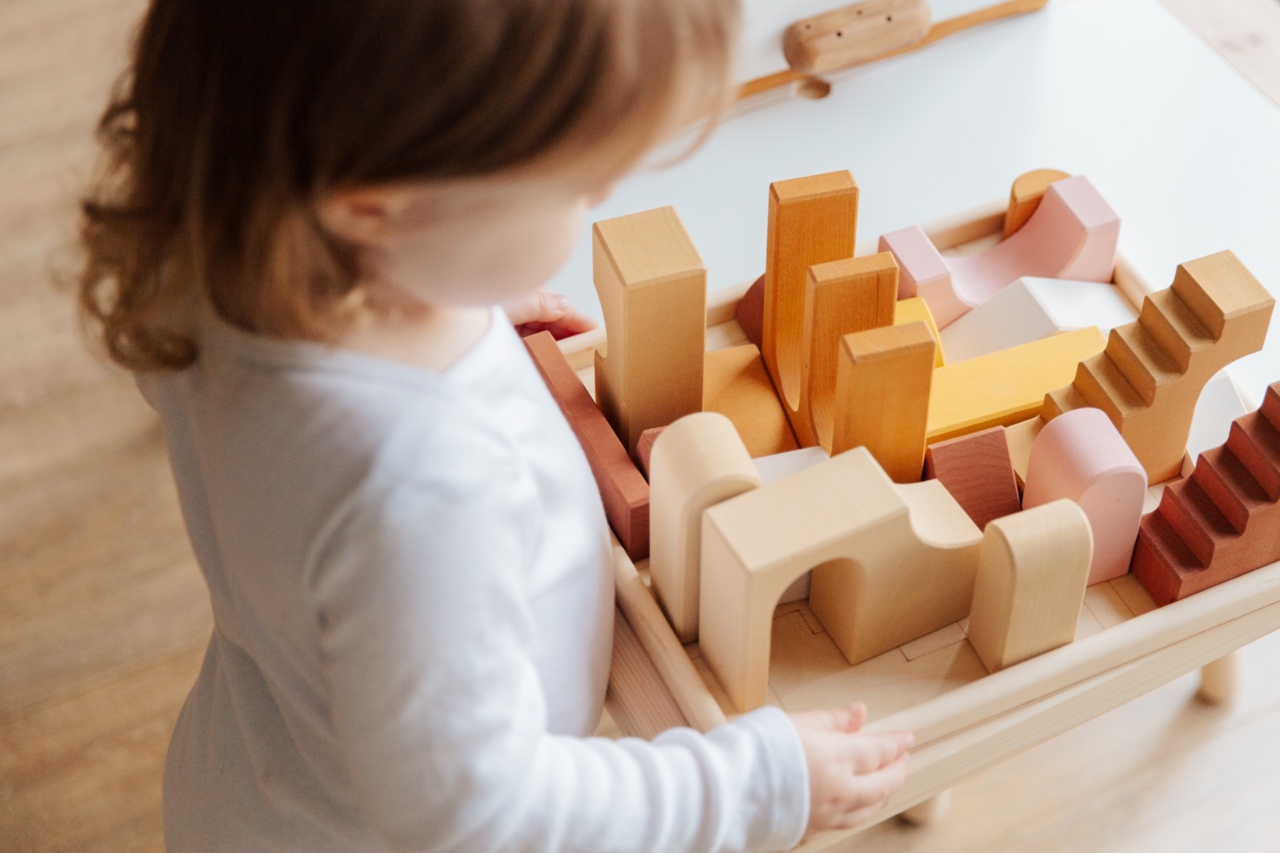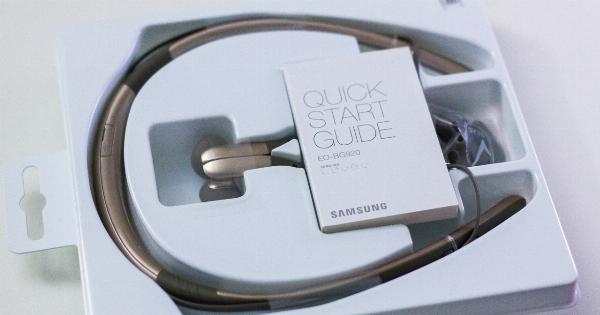Adolescent sexual development can be a tricky topic for both teenagers and parents.
As children enter adolescence, they experience many physical, emotional and hormonal changes which can sometimes lead to confusion and uncertainty as they navigate their way through puberty.
Puberty and Physical Changes
Puberty typically begins for girls between the ages of 8 and 13 and for boys between the ages of 9 and 14.
During this time, both boys and girls will experience physical changes in their bodies including growth spurts, the development of breasts for girls and the growth of facial hair for boys. Hormones such as estrogen and testosterone will also become more prominent in the body, leading to changes such as increased body odor and the onset of menstrual periods for girls.
Emotional and Behavioral Changes
Along with the physical changes of puberty, adolescents will also experience emotional and behavioral changes as they start to grapple with more adult concepts such as relationships and sexuality.
It is common for young people to experience feelings of attraction and curiosity towards others during this time and explore their developing sexuality, which can be both exciting and confusing.
Sex Education
It is important for young people to have access to comprehensive sex education that covers not just the physical aspects of sexuality but the emotional and psychological aspects as well.
Schools, parents and healthcare providers can all play a role in providing young people with accurate information and resources to help them make informed choices about their sexual health.
Risks and Safety
As young people begin to explore their sexuality, it is important for them to be aware of the potential risks and to take steps to protect themselves.
This includes using contraception methods to prevent unplanned pregnancies and sexually transmitted infections (STIs). It is also important to discuss boundaries and consent with sexual partners to ensure that everyone involved is comfortable and consenting to any sexual activity.
Safe Relationships
Having healthy relationships with partners who respect and support each other is an important part of adolescent sexual development.
This includes being able to communicate openly and honestly about sexual desires and boundaries, as well as respecting each other’s decisions about when and how to engage in sexual activity.
Under Pressure
Young people may feel pressure to engage in sexual activity, whether from peers, media, or their own desires.
It is important for parents and educators to talk openly with young people about these pressures and help them develop decision-making skills to resist negative influences.
Diversity and Inclusivity
It is also important to recognize that adolescent sexual development may manifest differently for young people of different genders, sexual orientations, and cultural backgrounds.
Educators and healthcare providers should be sensitive to these differences and provide resources and support that is inclusive and respectful of all young people.
Support and Resources
Adolescent sexual development can be a complex and sometimes confusing time, but there are many resources available for young people to navigate this period successfully.
Parents, healthcare providers, and educators can provide support and guidance to young people as they explore their developing sexuality.
Conclusion
Adolescent sexual development is a natural and necessary part of growing up, but it can also be a challenging time.
By providing young people with accurate information, resources, and support, we can help them navigate this period successfully and make informed choices about their sexual health and relationships.




























